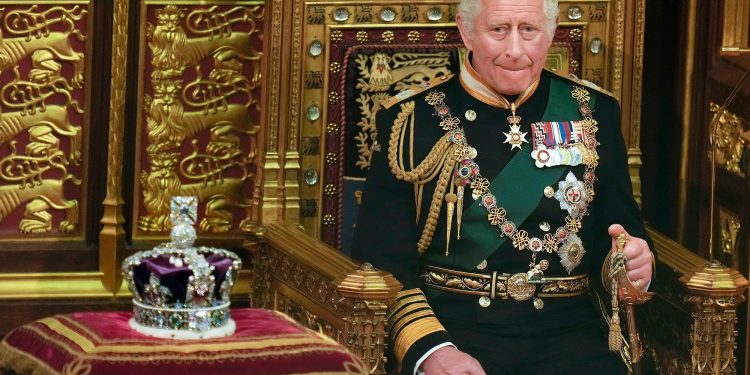King Charles III is set to receive £132 million next year from the sovereign grant, following a record-breaking £1.1 billion profit reported by the Crown Estate, reigniting debate over royal finances amid national economic pressure.
The Crown Estate’s bumper surplus, driven largely by offshore wind projects and robust property revenues, will translate into an increased sovereign grant in 2025–26. The figure, announced by the Treasury, marks a significant boost from previous allocations and comes despite earlier pledges by the monarchy to reduce its share of public funds.
The sovereign grant, which funds the official duties of the monarch and the upkeep of royal residences, is calculated as a percentage of Crown Estate profits two years in arrears. Although the grant percentage was reduced from 25% to 12% in 2023, the sheer scale of this year’s earnings means the monarchy will still receive a sharp rise in funding.
The Crown Estate’s annual results show profits rising due to substantial revenues from leases on offshore wind farms in British waters—an increasingly lucrative source of income as the UK transitions to renewable energy. Urban property holdings, particularly in London’s West End, also performed strongly, contributing to the financial upturn.
Critics have raised concerns about the optics of such royal windfalls during a time of cost-of-living crises and public sector austerity. Republic, the anti-monarchy campaign group, described the increase as “an insult to hardworking Britons,” and reiterated calls for greater transparency and reform of royal funding.
The Palace has argued that the sovereign grant supports essential national functions, including diplomatic hosting and maintenance of historic buildings. A Buckingham Palace spokesperson noted that the monarchy voluntarily agreed to a lower grant percentage to reflect the economic climate and ensure “value for money” for taxpayers.
Nonetheless, public scrutiny has intensified as household budgets remain strained. The government has defended the arrangement, highlighting the significant revenues the Crown Estate returns to the Treasury—revenues which support public spending beyond the royal household.
The Crown Estate operates independently and is not the personal property of the King, though its profits form the basis of the monarch’s public funding. It manages a vast portfolio including Regent Street, Windsor estate lands, rural holdings and seabed rights surrounding the UK coastline.
With this latest development, discussions around constitutional reform and public wealth distribution are likely to continue, especially as the monarchy seeks to maintain its modern relevance under King Charles’s reign.
REFH – newshub finance











Recent Comments